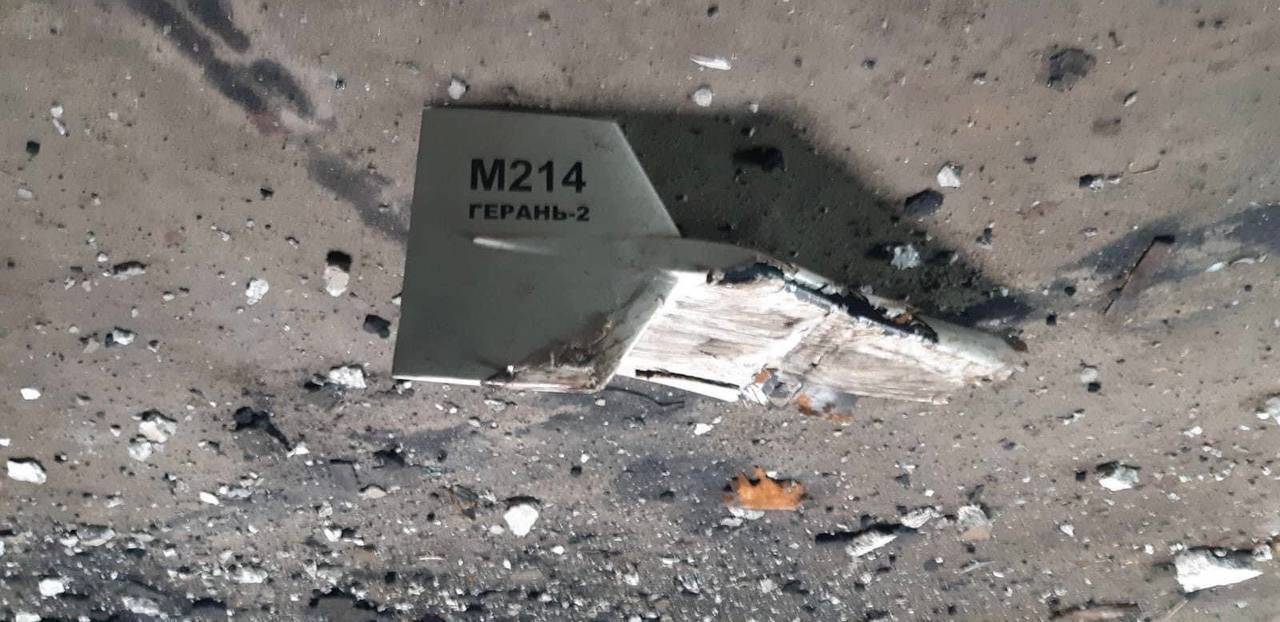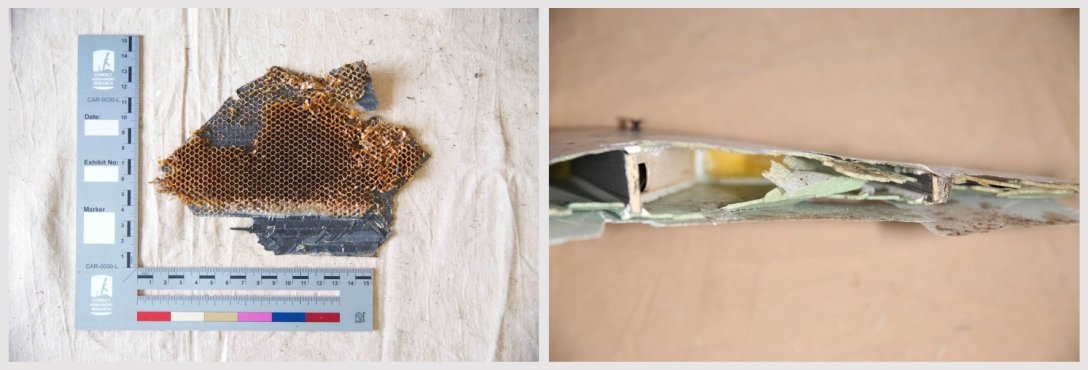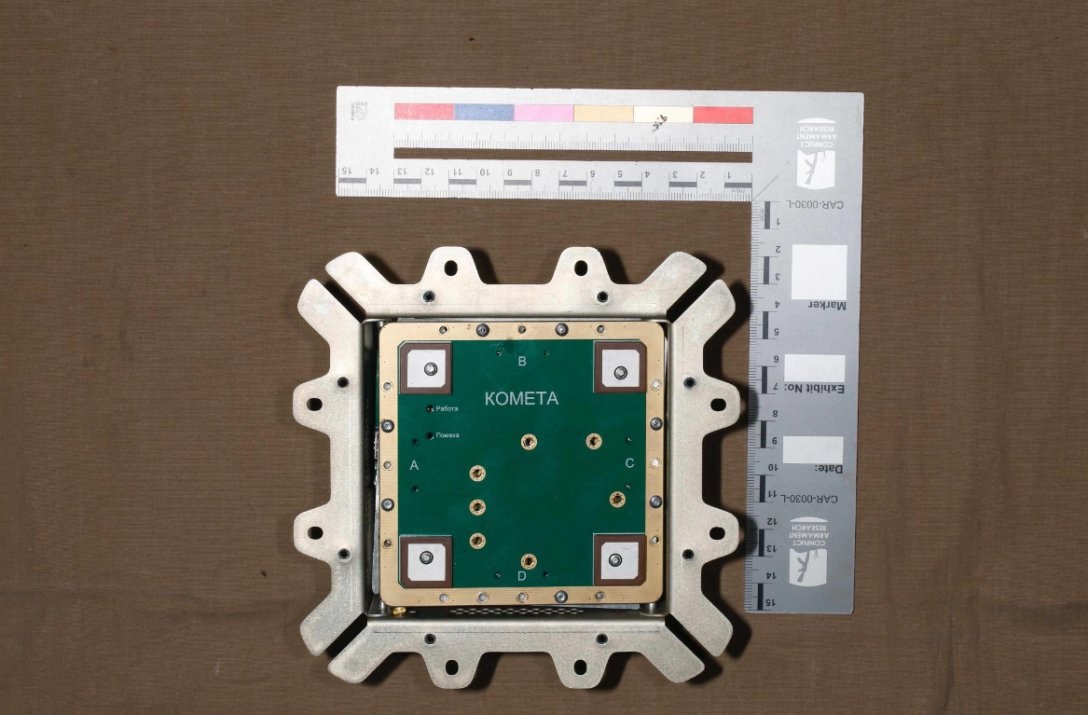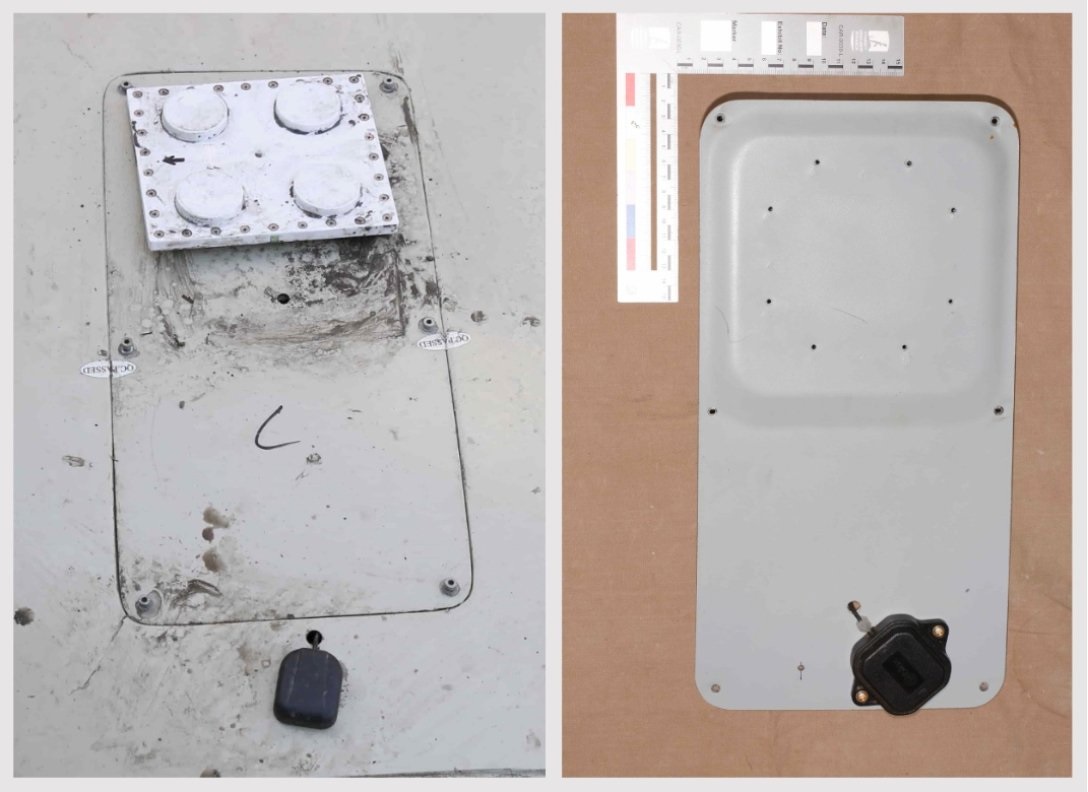
Experts explain how the Russian-made Shahed-136 differs from the original drone
Conflict Armament Research has published the results of research on the remains of Shahed-136 drones collected in Ukraine. The experts concluded that Russia has managed to localize the production of barrage munitions.
As it turned out, there are several differences between the Russian Shahed-136 and the original Iranian drone. The Russian defense industry has abandoned the “bee” structure. Obviously, this was done to reduce the cost and simplify the drone production process.

The navigation unit of the original Shahed is made in the form of an array of four antennas mounted on a board. The board is connected to the satellite navigation unit. At the same time, it is physically separated from him. Another antenna functions independently. In Geranium-2, four main antennas are part of the satellite navigation unit.
Russian engineers integrated the Kometa module into the satellite navigation unit. Such modules were previously found in Orlan-10 and Forpost-P drones.

“Geranium-2 received B-101 units designed for flight control. They allow the drone to continue performing its flight mission even if the satellite signal deteriorates. Simply put, a UAV can fly to a target without GPS.

The Russian defense industry lacks its own components for assembling drones. In Geranium-2, experts found more than 100 components manufactured by 22 different companies from seven countries, including the United States, Switzerland, and China.

